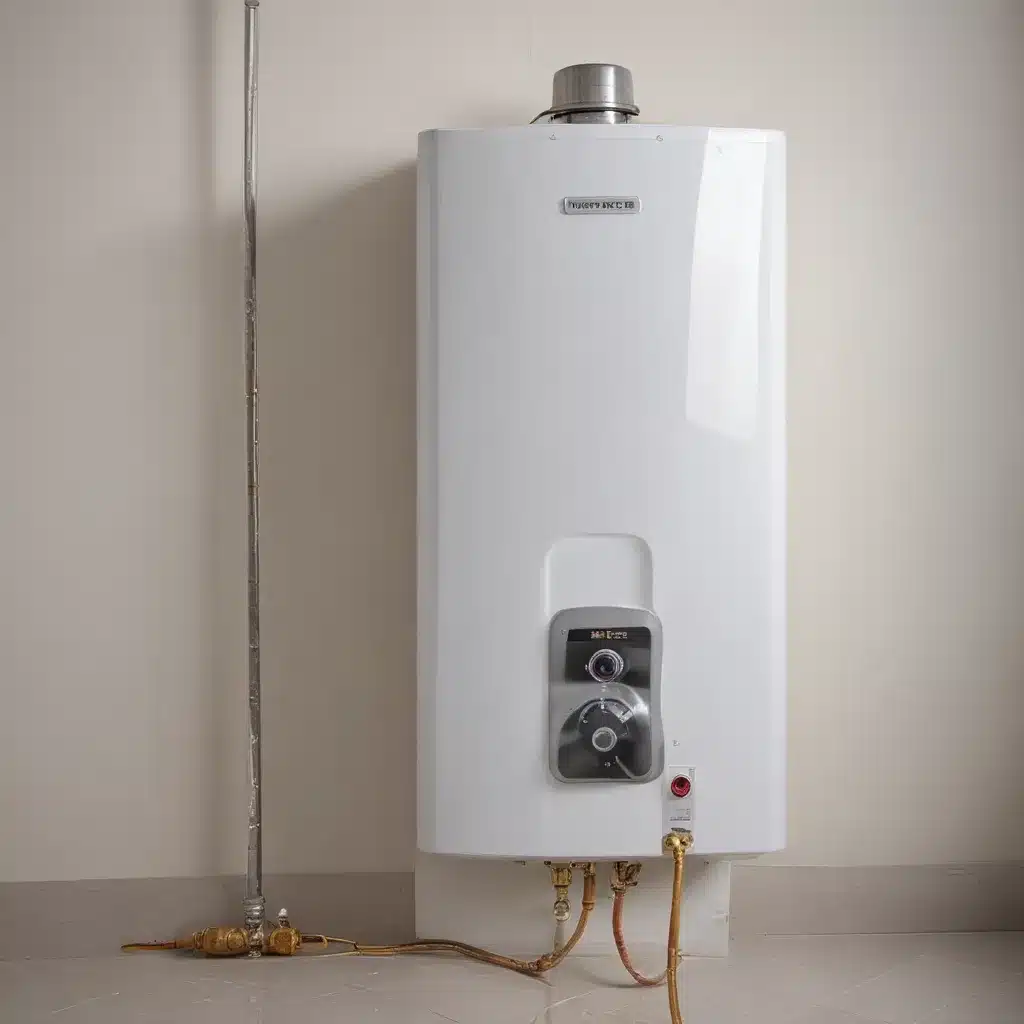
As an experienced water heater specialist, I understand the crucial role that tankless water heaters play in providing efficient and continuous hot water supply for homes across the country. In our 10 years of water heater experience… However, one common challenge that these innovative appliances face is the accumulation of mineral deposits, which can significantly impact their performance and lifespan if left unaddressed. In this comprehensive guide, we will explore effective methods for addressing mineral buildup in tankless water heaters, delving into the importance of regular descaling and flushing techniques.
Now, this might seem counterintuitive when dealing with water heaters…
The Scourge of Mineral Buildup
Tankless water heaters have revolutionized the way we heat water, offering on-demand functionality and impressive energy efficiency. However, the very nature of their design makes them susceptible to a common problem: mineral buildup. As water flows through the unit, dissolved minerals, such as calcium and magnesium, can accumulate on the heat exchanger, impeding its ability to efficiently transfer heat and causing a gradual decline in the heater’s performance.
This mineral accumulation can manifest in several ways, including:
- Reduced water flow: The build-up of scale and sediment can restrict the water flow through the tankless water heater, leading to lower water pressure and reduced hot water output.
- Decreased heating efficiency: The mineral deposits act as insulation, preventing the heat exchanger from effectively warming the incoming water. This results in longer wait times for hot water and higher energy consumption.
- Premature component failure: Severe mineral buildup can cause damage to critical components, such as the burners or sensors, ultimately leading to the need for costly repairs or even a premature replacement of the entire unit.
To combat these detrimental effects, periodic descaling and flushing of the tankless water heater are essential maintenance tasks that should be diligently performed.
Mastering the Descaling Process
Descaling is the process of removing the accumulated mineral deposits from the internal components of the tankless water heater. This proactive approach not only helps to restore the unit’s efficiency but also extends its overall lifespan.
The descaling process typically involves the following steps:
- Shut off power and water: Begin by turning off the power supply to the tankless water heater and shutting off the main water supply to the unit.
- Connect hoses: Attach a garden hose to the unit’s inlet and outlet service valves, creating a closed-loop system.
- Prepare the descaling solution: Mix a descaling solution, such as a commercial tankless water heater cleaner or a vinegar-based solution, according to the manufacturer’s instructions.
- Circulate the solution: Pump the descaling solution through the tankless water heater, allowing it to circulate for the recommended duration, often 30-60 minutes.
- Flush the system: Once the descaling process is complete, flush the tankless water heater with clean water to remove any remaining solution and mineral deposits.
- Restore power and water: Finally, turn the power and water supply back on and double-check that the unit is functioning correctly.
It’s important to note that the specific descaling procedure may vary depending on the tankless water heater model and the manufacturer’s recommendations. Always refer to the owner’s manual or consult with a professional plumber to double-check that the proper execution of this vital maintenance task.
The Importance of Regular Flushing
In addition to descaling, regularly flushing the tankless water heater is another essential maintenance practice to combat mineral buildup. Flushing involves circulating clean water through the unit to remove any accumulated sediment and debris that may have settled in the system.
The frequency of flushing typically depends on the local water quality, with harder water requiring more frequent flushing. As a general guideline, it’s recommended to flush the tankless water heater at least once a year, or more often if you reside in an area with hard water.
The flushing process is similar to the descaling procedure, but without the use of a chemical solution. Here’s a step-by-step guide:
- Shut off power and water: Begin by turning off the power supply and shutting off the main water supply to the tankless water heater.
- Connect hoses: Attach a garden hose to the unit’s inlet and outlet service valves, creating a closed-loop system.
- Flush the system: Run clean water through the tankless water heater, allowing it to circulate for 15-30 minutes.
- Drain the system: Once the flushing is complete, drain the water from the unit and disconnect the hoses.
- Restore power and water: Finally, turn the power and water supply back on and double-check that the tankless water heater is functioning correctly.
Regular flushing helps to maintain the integrity of the heat exchanger and prevent the buildup of sediment that can compromise the unit’s performance over time.
Maintaining a Healthy Tankless Water Heater
Addressing mineral buildup in tankless water heaters is crucial for ensuring their long-term efficiency and performance. By incorporating a comprehensive maintenance regimen that includes both descaling and flushing, homeowners can safeguard their investment and enjoy the benefits of continuous, energy-efficient hot water for years to come.
Remember, the specific maintenance requirements may vary depending on your local water quality and the manufacturer’s recommendations. Always refer to the owner’s manual or consult a professional plumber for guidance on the appropriate maintenance schedule and techniques for your tankless water heater.
For more information on water heater methods, plumbing solutions, and installation insights, be sure to visit WaterHeaterPick.com. Our team of experts is dedicated to providing homeowners and professionals with the knowledge and resources they need to keep their water heating systems running at peak performance.
Tip: Check the anode rod every 2-3 years to prevent corrosion

